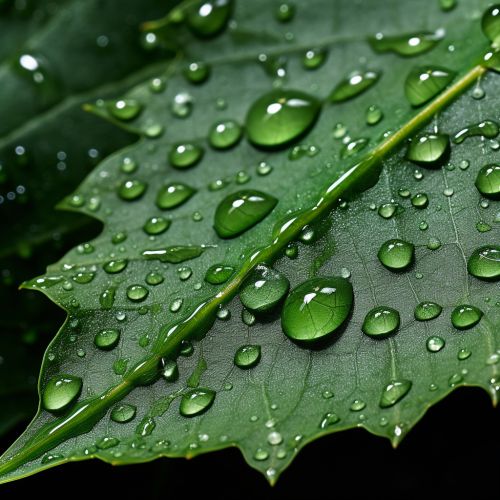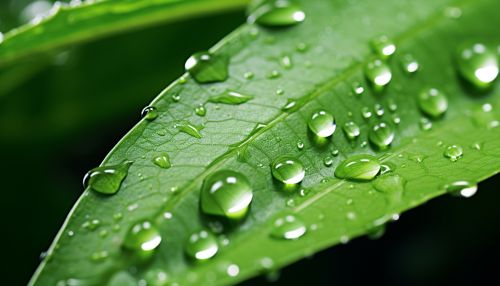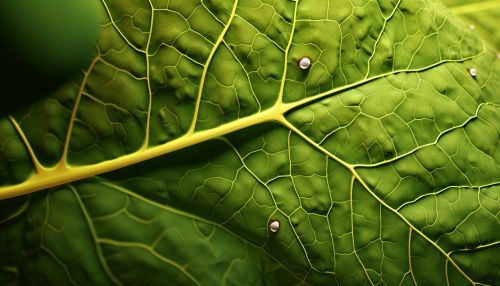The Biological Mechanisms of Plant Transpiration
Introduction
Transpiration is a vital process in the life cycle of a plant, involving the movement of water from the roots to the leaves, where it evaporates into the atmosphere. This process is facilitated by a network of vascular tissues that transport water and nutrients throughout the plant. Transpiration plays a crucial role in nutrient transport, temperature regulation, and maintaining the plant's turgor pressure.


Mechanisms of Transpiration
Transpiration primarily occurs in the leaves of a plant through tiny openings called stomata. These microscopic pores, located mainly on the underside of leaves, allow for the exchange of gases, including water vapor, between the plant and the atmosphere.
Stomatal Opening and Closing
The opening and closing of stomata are regulated by specialized cells known as guard cells. These cells respond to various environmental cues, including light, temperature, humidity, and carbon dioxide concentration, to control the rate of transpiration. For instance, in the presence of light, guard cells actively take up potassium ions, leading to an influx of water by osmosis and subsequent stomatal opening.


Water Movement in Xylem
The xylem, a type of vascular tissue, plays a crucial role in the upward movement of water from the roots to the leaves. This process, known as cohesion-tension, relies on the cohesive properties of water molecules and the tension created by transpiration pull. As water evaporates from the leaves, it creates a negative pressure or tension that pulls water up from the roots through the xylem.
Factors Affecting Transpiration
Several environmental factors can influence the rate of transpiration, including light, temperature, humidity, and wind speed.
Light
Light stimulates the opening of stomata, thereby increasing the rate of transpiration. This is because photosynthesis, the process by which plants convert light energy into chemical energy, requires the intake of carbon dioxide through open stomata.
Temperature
Higher temperatures can increase the rate of transpiration by enhancing the evaporation of water from the leaf surface. However, extremely high temperatures may lead to stomatal closure to prevent excessive water loss.
Humidity
The rate of transpiration is inversely proportional to the humidity of the environment. In other words, plants transpire more rapidly in dry conditions because the concentration gradient of water between the leaf and the atmosphere is greater.
Wind Speed
Wind can increase the rate of transpiration by removing the layer of humid air surrounding the leaf surface, thereby maintaining a high concentration gradient for water vapor.
Significance of Transpiration
While transpiration may seem like a wasteful process due to the loss of water, it serves several essential functions in the plant.
Nutrient Transport
Transpiration aids in the transport of minerals and nutrients from the soil to different parts of the plant. As water is pulled up through the xylem, it carries with it essential nutrients absorbed by the roots.
Temperature Regulation
Transpiration helps to cool the plant, much like sweating in humans. As water evaporates from the leaf surface, it carries away heat, thereby preventing overheating.
Turgor Pressure Maintenance
Transpiration also helps maintain turgor pressure, which is the pressure of water pushing against the cell wall. This pressure is crucial for maintaining the plant's structure and growth.


